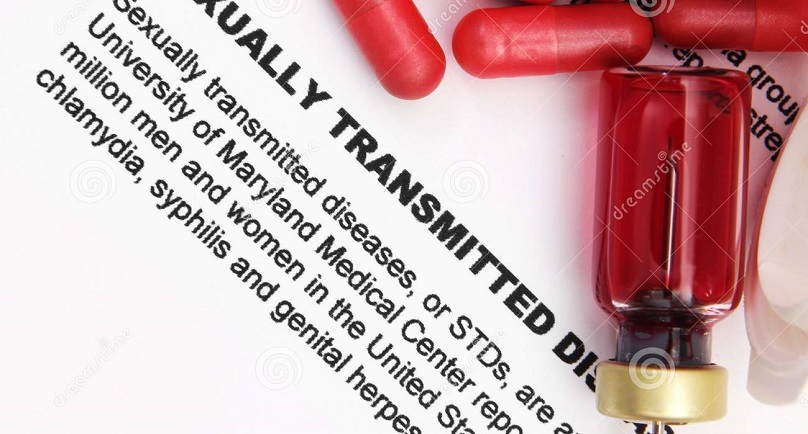by Theckla Gunga – EM TV, Port Moresby
SPC News reports that Pacific island countries still have high rates of teenage pregnancy and sexually transmitted diseases compared to the rest of the world.
Following these concerns, representatives of the Fiji government, civil society organisation, health workers and other partners underwent a 16-month consultation process to shape the new health agenda.
The consultation is led by the Secretariat of the Pacific Community (SPC) and funded by the Pacific Island Response Fund for HIV/STI. It has also received financial support from the government of Australia, the New Zealand Aid Programme and the Global Fund to Fight AIDS, Tuberculosis and Malaria.
The SPC reports states:
“In the Pacific context, the populations most vulnerable to poor sexual health and well-being are people living in poverty, people living with HIV or non-communicable diseases, women, young people, people living with disabilities and those who identify as lesbian, gay, bisexual, transgender, queer and intersex.”
Below are findings presented by SPC News.
The agenda complements and builds on other regional plans, including the Pacific Youth Development Framework. Key points to be addressed from 2015 onwards, as per the document, include:
• Health systems suffer from a shortage of human and financial resources which means people in the Pacific, particularly on remote outer islands, are not able to access comprehensive sexual and reproductive health information, services and commodities;
• Many services focus on married women and expectant mothers while the range of tailored services for single women, older women, men and transgender people is low or non-existent;
• Teenage pregnancy is generally high – for instance the Republic of the Marshall Islands has the region’s highest rate of teenage pregnancy with 85 births per 1,000 females aged 15–19 years, well above the global average;
• Sexually transmitted infections are hyper-endemic in the region – on average 25 per cent of sexually active young people have an STI and in some countries this is as high as 40 per cent;
• The estimated prevalence of HIV amongst adults aged 15 to 49 in the 17 countries with HIV cases in the Pacific is less than 0.1 per cent. All but Papua New Guinea are on track to achieve the goal of universal access to treatment for HIV and AIDS. However, factors such as high rates of STIs and low condom use mean that acquiring HIV remains a risk for the region;
• Half of all Pacific island countries and territories are on track to improving maternal health but progress towards universal access to reproductive health care has been slow, with contraceptive use averaging around 26 per cent compared to the developing region average of 61 per cent;
• The human papillomavirus virus (HPV), which can lead to reproductive cancers, is an emerging area of concern, although there is limited data on the extent of HPV transmission in the region;
• Discriminatory legislation, policy and social practices act as barriers to sexual health and well-being and promote stigma and discrimination.


